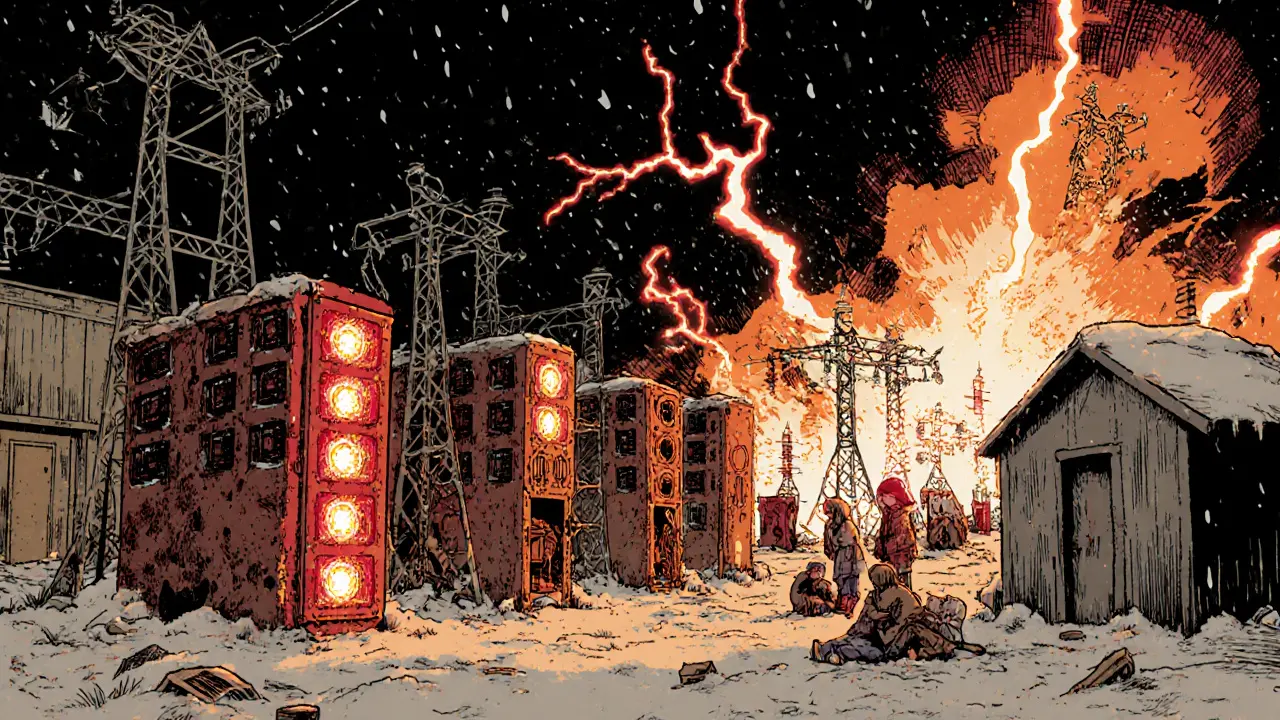
Energy Grid Consumption Calculator
Kazakhstan Power Consumption Calculator
Based on the article's data: 20.4 GW total grid capacity, 1.8-2.5 GW consumed by crypto mining (10% of total), 6% renewable energy generation
By 2024, Kazakhstan’s power grid was on the brink. One in three power plants had worn out beyond 70% of their operational life. In some regional networks, the damage hit 97%. Every fifth kilowatt of electricity vanished before it reached homes or factories. And amid this collapse, something unexpected was sucking up huge chunks of the remaining power: cryptocurrency mining.
Kazakhstan didn’t set out to become a global crypto hub. But after China cracked down on mining in 2021, thousands of rigs moved north. Miners brought cheap, high-wattage hardware and set up shop in abandoned factories, warehouses, and even homes. They didn’t ask for permission. They just plugged in. And for a while, the grid held. But by 2023, the strain became impossible to ignore.
How Crypto Mining Overloaded the Grid
The Unified Power System (UPS), managed by KEGOC, was never designed for this kind of load. Its 20.4 GW of available capacity was already stretched thin serving homes, factories, and public services. Then came the miners. By early 2024, estimates from industry analysts suggested crypto mining consumed between 1.8 and 2.5 GW of electricity - roughly 10% of the entire country’s available power. That’s more than what all of Kazakhstan’s solar and wind farms combined were generating at the time.
Miners didn’t care about peak hours. They ran 24/7. In winter, when heating demand spiked and hydropower dropped, they kept mining. In summer, when solar output was low and coal plants couldn’t ramp up fast enough, they kept mining. The grid couldn’t adjust. It couldn’t throttle them. And because these operations often ran on illegal or unmonitored connections, the state had no way to track how much power they were really using.
Regional grids suffered the worst. In Oral, losses hit 18%. In Aktobe, they crept above 17%. In places where the grid was already crumbling, miners were the final straw. Blackouts became common. Hospitals lost power. Schools shut down. Families waited hours for electricity to return. Meanwhile, miners paid low, flat rates - sometimes even less than residential users - because their operations were hidden from the official billing system.
The Government’s Response: A Ban, Not a Tax
By mid-2024, the Ministry of Energy had had enough. Instead of taxing miners or forcing them onto regulated grids, they chose to ban them outright. In August 2024, the government passed a decree that prohibited all cryptocurrency mining activities using public grid electricity. It wasn’t just about fairness - it was survival. The state couldn’t afford to keep losing 17% of its power to unregulated, high-demand operations while households struggled to heat their homes.
The ban didn’t target Bitcoin or Ethereum. It targeted the machines. Any device used for mining - ASICs, GPUs, cooling units - was classified as illegal equipment if connected to the national grid. Authorities began raids on suspected mining sites. In November 2024, over 200 facilities were shut down across Almaty, Nur-Sultan, and West Kazakhstan. Thousands of mining rigs were seized. Some were destroyed. Others were sold off as scrap.
But here’s the catch: the ban didn’t stop mining. It just pushed it underground. Some operators moved to diesel generators. Others tapped into private solar installations. A few even started building small, off-grid farms powered by solar panels and batteries - but these were expensive and rare. Most miners simply left the country. Russia, Iran, and even parts of Africa saw a sudden influx of Kazakh mining hardware.
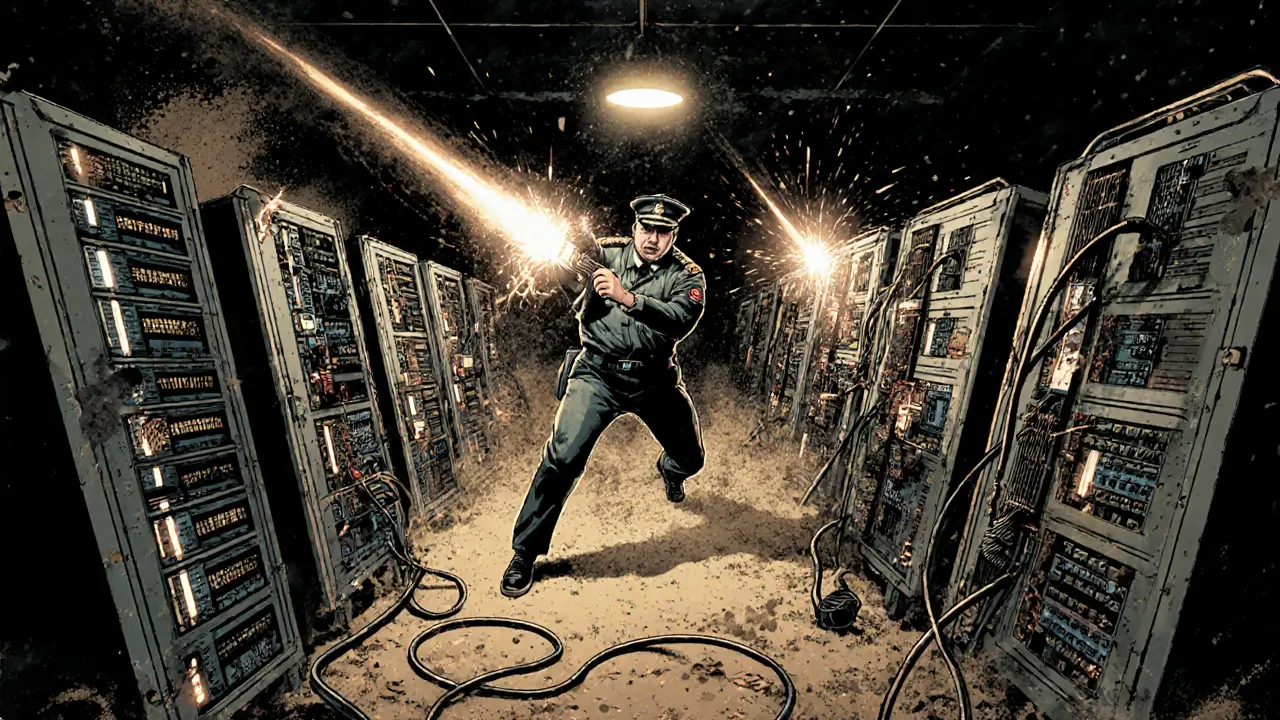
Why the Grid Is Still Broken
Even with miners gone, the grid hasn’t recovered. The damage was too deep. The power plants are old. The transmission lines are rusted. The transformers are overloaded. KEGOC’s own data shows that 144 of the country’s 220 power plants are renewable - but many of them are small, scattered, and can’t deliver power where it’s needed most.
The North-South HVDC Line, meant to connect the energy-rich north with the industrial south, is still under construction. It won’t be done until 2029. Meanwhile, the Western Zone integration project - meant to unify the country’s fragmented grids - is stuck at 40% completion. Without these upgrades, even if every miner vanished, the system would still be fragile.
And then there’s the money problem. The Ministry of Energy raised tariffs by 50% in April 2025 to cover losses. But that’s not fixing the infrastructure. It’s just making people pay more for less. Small businesses can’t afford the increase. Farmers are cutting back on irrigation. Factories are reducing shifts. The economy is slowing - and the government has no clear plan to fix it.
The Renewable Promise That Isn’t Delivering
Kazakhstan talks a lot about renewables. Three 1 GW wind farms are planned. Solar capacity is growing. The government says renewables will overtake coal by 2025. But numbers don’t tell the whole story.
Renewables make up only 6% of total generation. That’s not enough. And most of it is concentrated in the south. The north still relies on aging coal plants. Transmission lines can’t carry the power where it’s needed. The grid is too rigid. It can’t handle the swings of wind and sun. When the wind drops, there’s no backup. When the sun goes down, coal plants can’t ramp up fast enough.
Even if every solar panel and wind turbine was installed tomorrow, the grid still wouldn’t work. It’s like putting a Formula 1 engine into a 1980s truck. The engine is powerful. The chassis is falling apart.
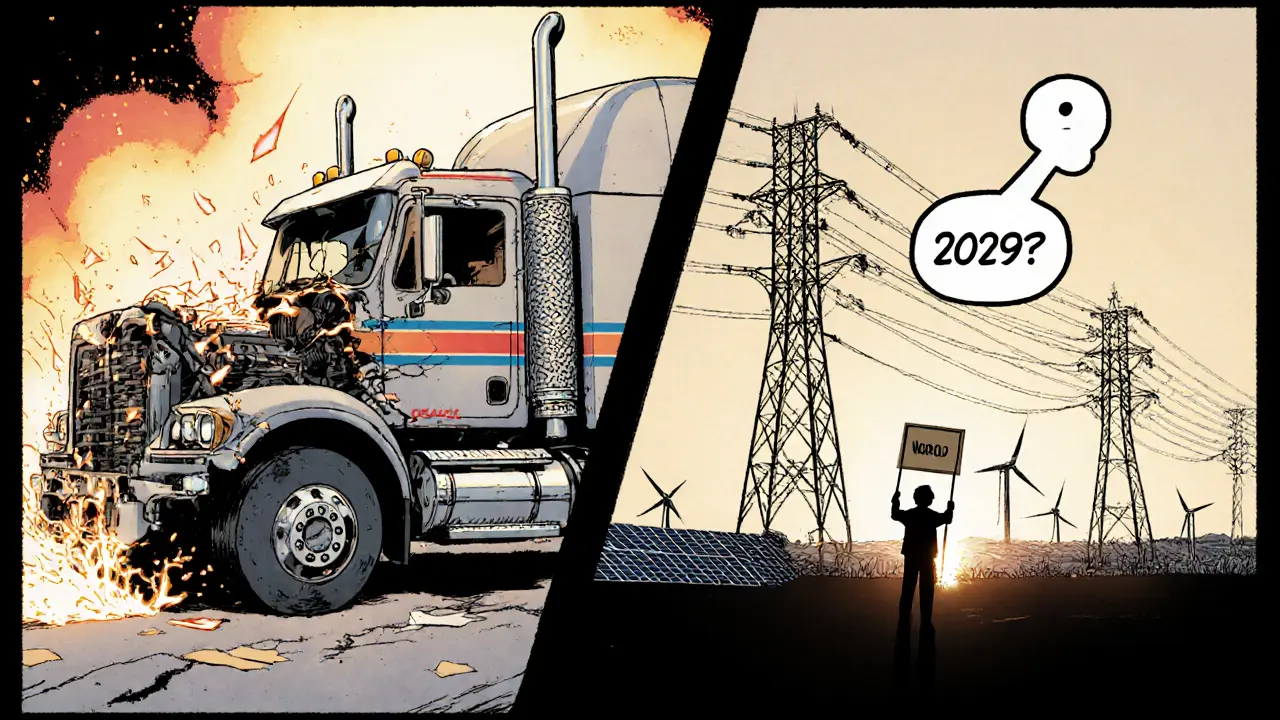
What’s Next for Kazakhstan’s Energy Future
The ban on crypto mining was a necessary step. But it was a bandage, not a cure. The real problem isn’t miners - it’s infrastructure. The country needs a complete overhaul: new transformers, modernized control systems, smart meters, and real-time load balancing.
Smart grids could cut transmission losses from 17% to under 8%. That alone would free up enough power for hundreds of thousands of homes. But smart grids cost money. And Kazakhstan doesn’t have it. The $2.6 billion pledged for renewables is a start - but it’s half of what Uzbekistan is spending. And without international help, the gap will keep growing.
The Common Electricity Market with the Eurasian Economic Union, launching in 2025, could help. If Kazakhstan can export surplus power to Russia or Belarus, it might finally get the investment it needs. But that requires stability. And right now, the grid is anything but stable.
For now, the country is stuck in a holding pattern. Miners are gone. Power is still scarce. Tariffs keep rising. And the people? They’re just trying to stay warm.
Could This Happen Elsewhere?
Kazakhstan’s story isn’t unique. Countries with weak grids and cheap electricity - like Russia, Iran, Venezuela, and even parts of the U.S. - have seen similar rushes into crypto mining. But few have responded as decisively as Kazakhstan did.
Other nations tried taxing miners. Others tried regulating them. Kazakhstan chose to cut them out entirely. It was drastic. But it was also honest. The grid was failing. The miners were the most visible symptom. So they removed the symptom - even if the disease remained.
The lesson? When a grid is on life support, you don’t negotiate with power-hungry users. You protect the people who need it most.

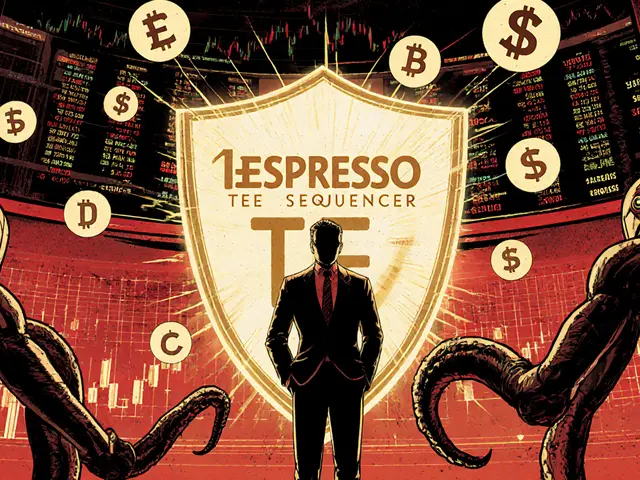
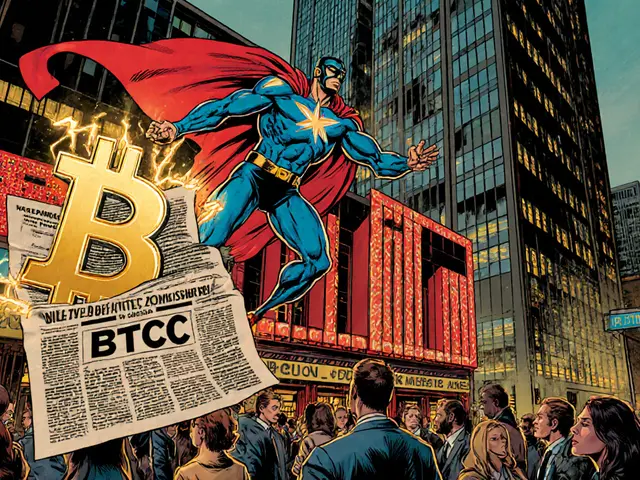
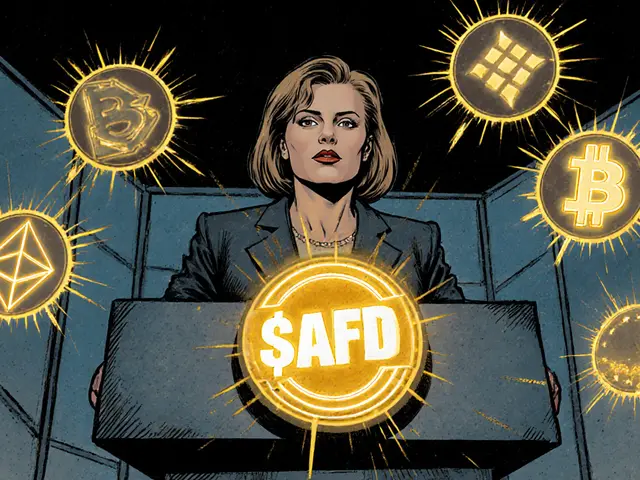

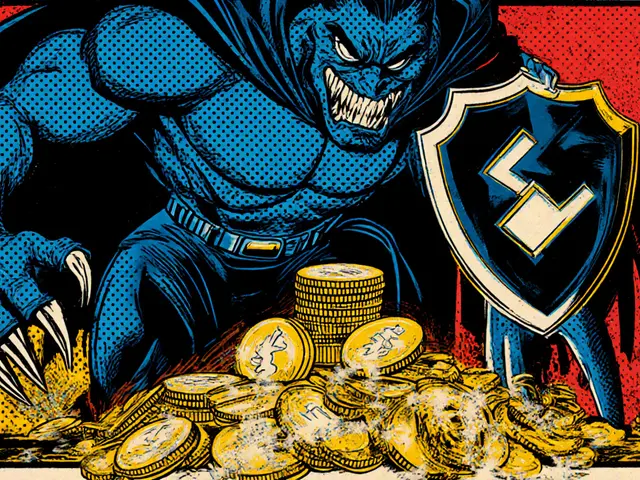
There are 15 Comments
Veeramani maran
bro the grid was already a dumpster fire before the miners showed up. they just made it visible. kaza's power infrastructure is like a 90s laptop with 2gb ram trying to run a AAA game. it ain't the game's fault, it's the hardware. also, mining rigs are just fancy space heaters that pay you to run. lol.
Kevin Mann
OH MY GOD. I CAN'T BELIEVE THIS. 🤯 SO THIS IS WHAT HAPPENS WHEN YOU LET TECH BROS RUN WILD?!?!? I mean, imagine your grandma's heater going full blast 24/7 while she's freezing because the lights keep flickering?!?!?!?!? And then the government just... BANS IT?!?! Like, no warning? No transition? No mercy?!?!?!? This is dystopian. This is Black Mirror meets The Last of Us. I'm crying. I'm literally crying. 😭💔
Robin Hilton
Let’s be clear: this isn’t about energy policy. It’s about sovereignty. The U.S. would never let foreign entities siphon off 10% of our grid without a fight. Kazakhstan did the only thing a sovereign state can do when the system is collapsing: protect its citizens. Miners were parasites. And now they’re gone. Good. Let them go mine in Russia where the state is already corrupt enough to let them get away with it.
Grace Huegel
I just... I can't. The image of families waiting for heat while ASICs hum in abandoned warehouses... it haunts me. It’s not just about electricity. It’s about dignity. And the fact that the government didn’t tax them, didn’t regulate them, didn’t try to co-opt them... they just erased them. Like they were ghosts. And now the ghosts are gone, but the house is still falling apart. I feel so sad.
Nitesh Bandgar
OMG!! This is like a Shakespearean tragedy!! 🎭⚡ The miners? Tragic antiheroes! The grid? A dying queen! The government? A desperate king who chops off the hand that feeds him!! And now... now the people are left shivering in the ruins of a system that was rotten from the inside!! I mean, seriously-how many lives were lost because a transformer blew in the middle of winter?? I’m not even mad. I’m just... devastated. 😭💔
Jessica Arnold
What’s interesting here isn’t the ban-it’s the epistemological rupture. The grid was never a neutral infrastructure; it was a social contract made manifest in copper and steel. When miners plugged in uninvited, they violated the ontological boundary between public good and private profit. The state’s response wasn’t punitive-it was restorative. They reasserted the primacy of the social over the speculative. That’s profound. And it’s rarely discussed.
Chloe Walsh
So let me get this straight... the government banned mining because people were cold... but they didn't fix the grid? So now people are still cold... and the miners are gone... so what was the point?? Like... did they just punish the symptom and ignore the disease?? I mean... wow. Just wow. This is why I don't trust governments. They always do the dramatic thing instead of the right thing. 😒
Natalie Nanee
They should’ve taxed the miners and used the money to upgrade the grid. This is what happens when you don’t have a plan. Just banning things is the lazy way out. And now they’re stuck with the same broken system, just without the scapegoat. Pathetic.
Chris Hollis
10% of national load from unregulated mining. 17% transmission loss. 97% degradation in some networks. The numbers don’t lie. The ban was inevitable. The real failure is the 20-year delay in modernization. This wasn’t a crypto problem. It was a governance problem. And it’s still not solved.
Allison Doumith
It’s funny how everyone blames the miners. But who let them in? Who didn’t upgrade the infrastructure? Who didn’t monitor the consumption? Who didn’t regulate the connections? The miners didn’t break the grid. The grid broke itself. The miners just showed up at the right time. And now we’re pretending they were the villains. That’s not justice. That’s convenience.
Scot Henry
Man, I lived in Almaty for a year back in 2022. The power cuts were wild. I’d wake up at 3am to the sound of a fan spinning down. People just accepted it. Then the mining rigs started popping up in every garage. We didn’t know it at the time, but they were the last straw. Honestly? I get the ban. But I also feel bad for the miners. They were just trying to make money. The system failed everyone.
Sunidhi Arakere
Grid problems existed before mining. Mining made it worse. Ban was necessary. But now what? Infrastructure still broken. Tariffs still high. People still cold. No solution in sight.
Vivian Efthimiopoulou
The tragedy here is not the ban-it’s the missed opportunity. Imagine if Kazakhstan had leveraged the mining boom to fund smart grid infrastructure. Imagine if they had partnered with miners to build microgrids powered by renewables. Instead of erasing them, they could have transformed them into the architects of their own energy future. This wasn’t a crisis of power-it was a crisis of imagination.
Angie Martin-Schwarze
they took the rigs but left the rot... it’s like cutting off a finger to stop the infection... but the whole arm is still gangrened... i just... i don’t know what to feel anymore. i keep thinking about the kids in oral who had to do homework by flashlight...
Fred Kärblane
Let’s get real-miners were energy vampires, but they were also the only ones investing in hardware in a country with zero tech investment. The real villain? The Soviet-era grid that never got updated. The government should’ve taxed them, forced them to use renewables, and turned them into grid stabilizers. Instead, they played hero and lost the plot. We need innovation, not bans.
Write a comment
Your email address will not be published. Required fields are marked *